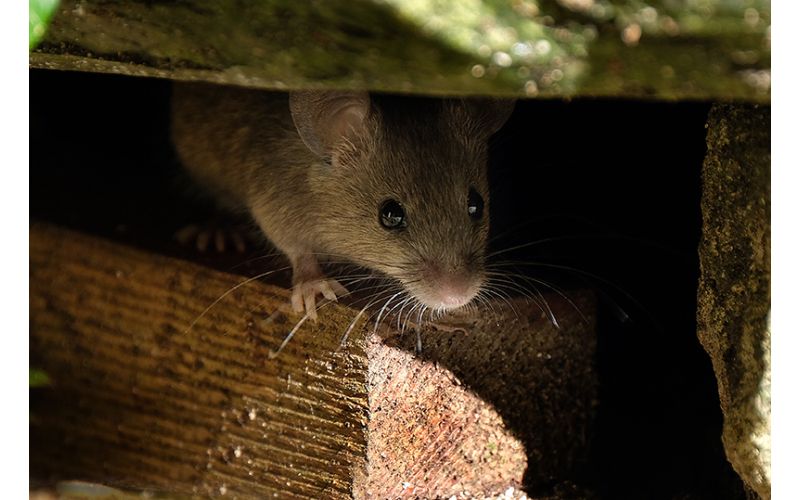
Understanding the Enemy: The Life Cycle of Common Farm Rodents
|
|
Time to read 3 min
 You are being redirected to QC Supply Pharmacy, where you’ll find a wide selection of high-quality prescription and pharmaceutical products for animals of all sizes.
Enjoy the same great service and expertise you trust from QC Supply.
Click below to continue shopping.
Continue
No thanks, stay on the main site
Powered by
You are being redirected to QC Supply Pharmacy, where you’ll find a wide selection of high-quality prescription and pharmaceutical products for animals of all sizes.
Enjoy the same great service and expertise you trust from QC Supply.
Click below to continue shopping.
Continue
No thanks, stay on the main site
Powered by


|
|
Time to read 3 min
Do you understand a rodent’s life cycle ? Most of us don’t, and by knowing your rodent’s life cycle , you are better prepared to prevent and/or eliminate rodent infestations.
The house mouse life cycle begins with rapid growth and reproduction. The house mouse (Mus musculus) is a small mammal of the order Rodentia, characteristically having a pointed snout, large rounded ears, and a long and almost hairless tail. It is one of the most abundant species of the genus Mus. They are roughly 3"-4" long and weigh only 1.1 ounces.
A house mouse can become sexually mature & able to mate in as little as 5 weeks. Typically, sexual maturity is reached in 5 to 8 weeks.
The black rat, also known as the roof rat , ship rat, or house rat, is a common long-tailed rodent of the stereotypical rat genus Rattus, in the subfamily Murinae. It originated in the Indian subcontinent but is now found worldwide. The roof rat life cycle follows a similar pattern to other rodents, allowing for quick reproduction and population growth.
The brown rat, also known as the common rat, street rat, sewer rat, wharf rat, Hanover rat, Norway rat , and Norwegian rat, is a widespread species of common rat. The Norway rat life cycle is particularly efficient, leading to large populations in urban and rural areas. One of the largest muroids, it is a brown or gray rodent with a long body and a tail slightly shorter than its body.
Now that you know the rodent life cycle of house mice , roof rats , and Norway rats , you are better educated and prepared to eliminate unwanted rodent infestations . Rodent control methods are essential in preventing population growth, and rodent control products like Liphatech pest control solutions can help rid you of any rodent issues.
If you have any additional tips or information on the rodent life cycle or ways to prevent rodent infestations , leave us a comment in the Comment Section below. If you have any questions or need help, give us a call today at 888-433-5275.


